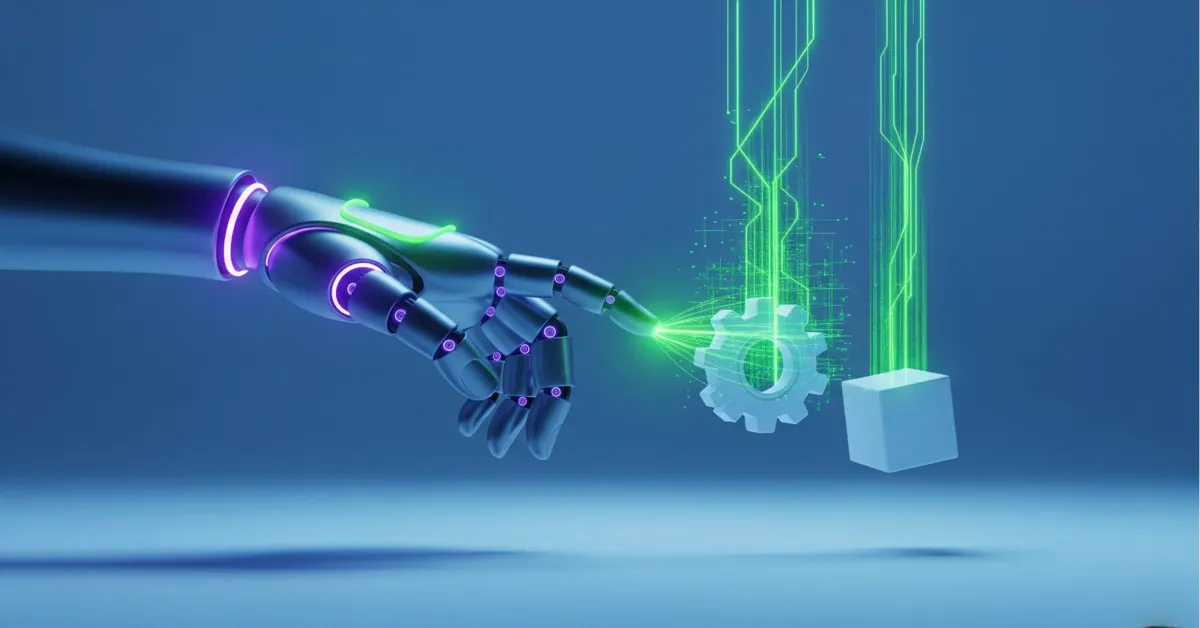
Nvidia CEO: "Physical AI" will be the next wave of crypto
Jensen Huang, the founder and CEO of Nvidia and considered one of the most influential minds shaping the AI revolution, has just made a major prediction about the future of the industry. At a themed event during the 3rd Chain Conference, in a fireside chat with Alibaba Cloud founder Wang Jian, Jensen Huang declared that the next big wave of artificial intelligence is "Physical AI."
1. What is Physical AI?
According to Huang's explanation, AI is fundamentally a new method of writing software. Instead of humans programming complex algorithms based on first principles to predict an outcome, "we use algorithms to learn how to predict outcomes from examples, information, and data." He emphasized that this method has proven to be extremely scalable.
Physical AI is the next step in this model, where AI no longer just exists in the digital space but becomes "embodied" with the ability to interact with, sense, and act upon the physical world. Prime examples include autonomous robotics, self-driving cars, smart factories, delivery drones, and many other automated systems.
2. The Inextricable Link to Crypto and Blockchain
The vision of a world operated by Physical AI immediately raises a major question: how will these intelligent machines communicate and transact with each other? When a self-driving car needs to recharge, how will it pay the automated charging station? When robots in a factory need to request resources from each other, how will they settle payments?
This is precisely where blockchain and crypto technology play an indispensable role.
a) The Machine-to-Machine (M2M) Economy: For AI devices to transact autonomously, instantly, and without human intervention, they need a programmable currency. Crypto, especially stablecoins and micropayment solutions, provides the perfect payment rails for this machine economy.
b) Data Integrity and Trust: Physical AI will collect a colossal amount of data from the real world. Blockchain provides an immutable and transparent ledger, ensuring this data is not altered or falsified, creating a trustworthy data source for training and decision-making by other AI systems.
c) Identity and Ownership: Each AI device can have a decentralized identifier (DID) on-chain, allowing them to interact securely. The assets they create or own can also be represented as NFTs, creating a solid foundation for digital property rights.
In summary, Jensen Huang's prediction is not just a vision about AI. It also paints a future where automated systems will require a trusted economic layer and infrastructure to function. That foundational layer will very likely be built on blockchain rails, with crypto as its lifeblood. The next wave of AI and the future of Web3 appear to be converging on the same point.